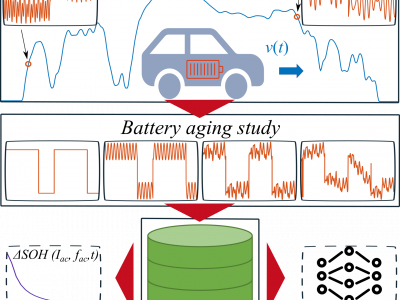Artificial Intelligence

Dataset for handwriting digit layout generation。
- Categories:
 132 Views
132 Views
Any work using this dataset should cite the following paper:
- Categories:
 1878 Views
1878 Views
The video data set was obtained from the Mental Health Center of Renmin Hospital of Wuhan University, it includes 128 children and the video records the behavior of each subject (mainly upper body movements) during clinical intelligence evaluation. The ratio of training set, validation set and test set is 7:1:2.
- Categories:
 231 Views
231 Views
The video data set was obtained from the Mental Health Center of Renmin Hospital of Wuhan University, it includes 128 children and the video records the behavior of each subject (mainly upper body movements) during clinical intelligence evaluation. The ratio of training set, validation set and test set is 7:1:2.
- Categories:
 112 Views
112 Views
This dataset contains measurements of TPC-C benchmark executions in MySQL server deployed in Google Cloud Platform.
- Categories:
 343 Views
343 ViewsThe SiCWell Dataset contains data of battery electric vehicle lithium-ion batteries for modeling and diagnosis purposes. In this experiment, automotive-grade lithium-ion pouch bag cells are cycled with current profiles plausible for electric vehicles.
The analysis of current ripples in electric vehicles and the corresponding aging experiments of the battery cells result in a dataset, which is composed of the following parts:
- Categories:
 6358 Views
6358 Views
This dataset contains world news related to politics and also with the news article's available metadata.
- Categories:
 1155 Views
1155 Views
This dataset contains world news related to Science and technology and also with the news article's available metadata.
- Categories:
 783 Views
783 Views
This dataset contains world news and also the news article's available metadata.
- Categories:
 312 Views
312 Views
